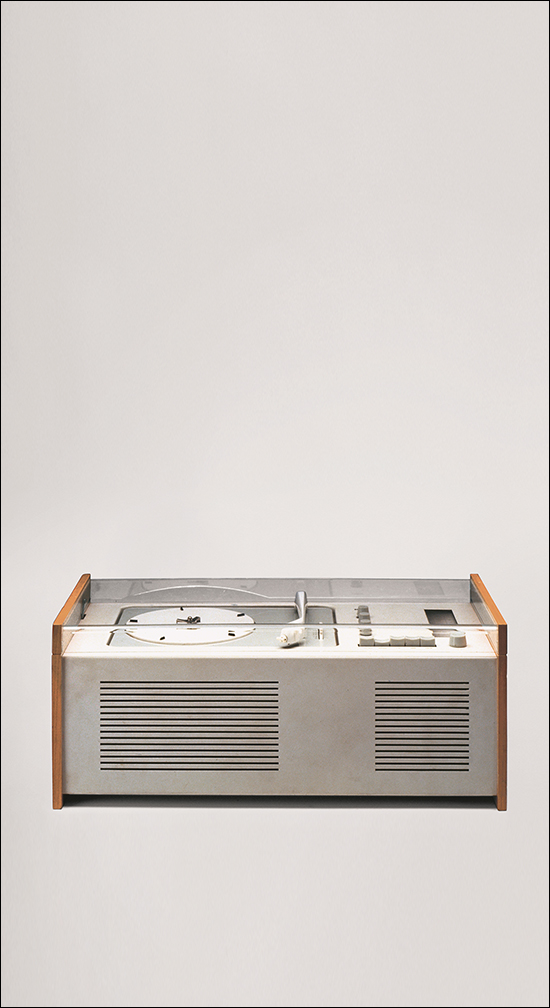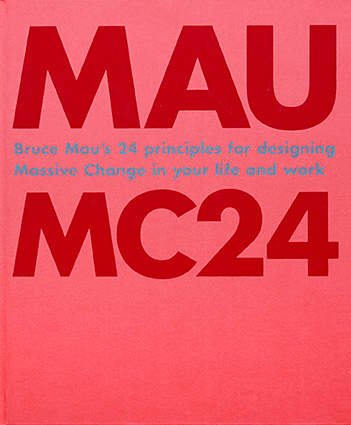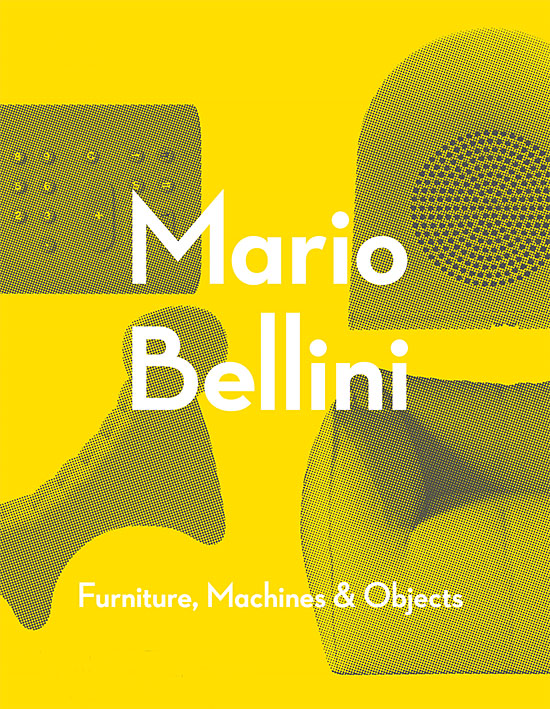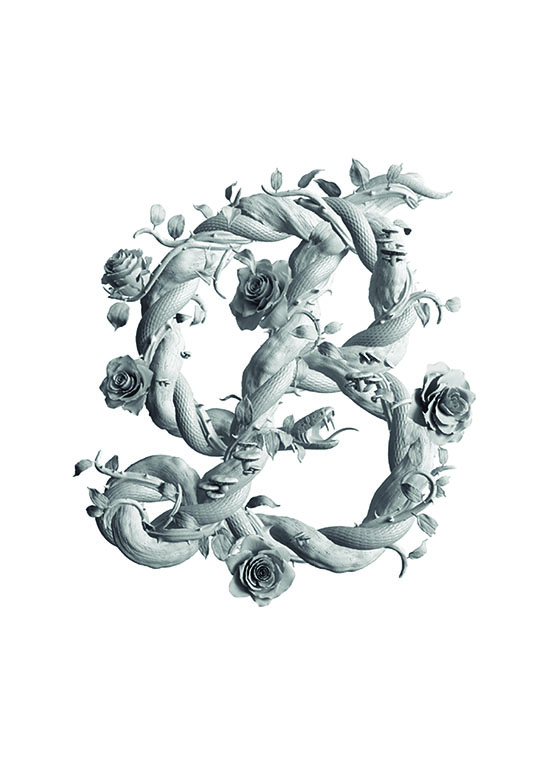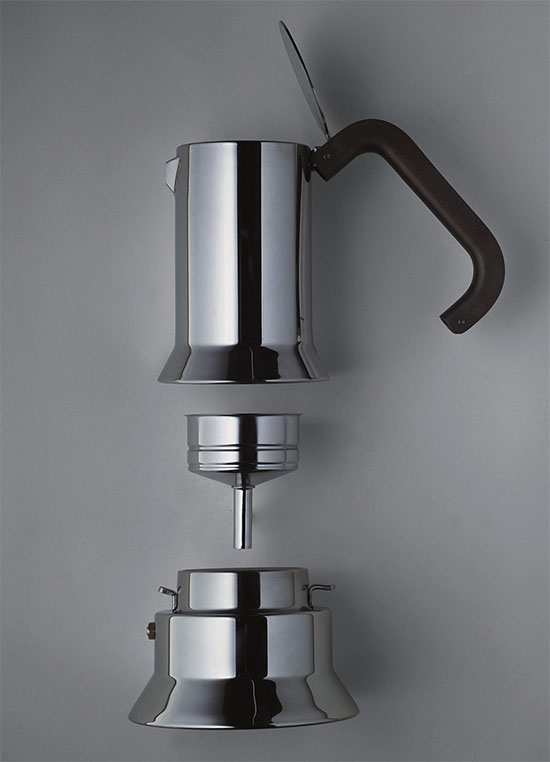The Designer Issue
From ten principles of design to no rules at all, The Designer Issue tries to catch a glimpse inside the minds of six influential designers. From industrial design to creative arts, Bruce Mau said it best, “As designers, we must go beyond the grid, we must venture beyond the mapmakers to where new possibilities are growing.”
